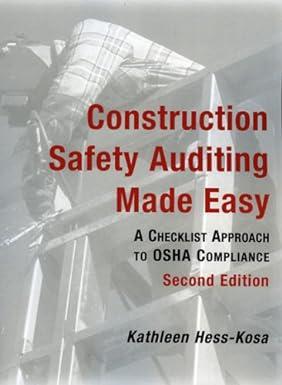Question
Economic Background Prior to 1972, no tax levy on capital gains was administered by the Canadian tax legislation. But significant tax reforms were made effective
Economic Background
Prior to 1972, no tax levy on capital gains was administered by the Canadian tax legislation. But significant tax reforms were made effective January 1, 1972, that represented a compromise between classes of taxpayer whereby rich people cannot escape taxation for any capital gains transactions.
Since the effectivity of the capital gains tax in 1972, there are various criticism for capital gains taxation that it favored wealthy Canadians. Hence in 1985, the government introduced the lifetime capital gains deduction that every Canadian resident could enjoy tax free treatment of up to $500,000 of capital gains on the disposition of any type of capital asset. As of 2020, the capital gains deduction is available for the taxable part of an $883,384 capital gain resulting from disposition of shares of a qualified small business corporation and, a $1,000,000 deduction for the taxable capital gain component of a qualified farming or fishing property.
Types of Disposition of Capital Assets (pages 345-346)
1. Actual dispositions ITA 248(1) states that, in general, a disposition is any transaction or event that entitles a taxpayer to proceeds of disposition. Simplified, this is just a simple sale of the asset.
The basic calculation of capital gain or loss can be found on pages 348-349 of your textbook. A sample calculation, using assumed data, is as follows:
Proceeds Of Disposition $4,750
Less - The Aggregate Of:
Adjusted Cost Base ($3,890)
Expenses Of Disposition ( 560) ( 4,450)
Capital Gain (Loss) $ 300
Inclusion Rate 1/2
Taxable Capital Gain (Allowable Capital Loss) $ 150
Paragraph 8-24 on page 346 defined proceeds of disposition per ITA 54 and ITA 13(21).
In Chapter 6, we have learned about the Adjusted Cost Base (ACB) of a capital assets like purchase price, etc. Paragraph 8-27, on the other hand, discussed the Adjusted cost Base. Per ITA 56 specifies some adjustments to this cost base such as: (refer to pages 346-348)
- Government grant and assistance
- Superficial Losses
- Stock Option Benefits
- Other adjustments to the Cost Base like undeducted interest and property taxes on vacant land held as capital investment also, forgiveness of debts on the property.
2. Gifts In the absence of a special provision, the proceeds of disposition for a gift is NIL. However, for tax purposes, the Fair Market Value (FMV) of the capital assets gifted or transferred is considered as the proceeds of disposition.
3. Deemed Disposition This is NOT an actual disposition but per the Income Tax Act, it still is a disposition of an asset and immediately re-acquiring it at FMV. This requires an event such as change in the use of a capital assets from an investment property to being a rental property; departure of Canadian taxpayer from Canada (a taxpayer becomes a non-resident of Canada), so, all of his properties are deemed sold effective on his departure date.
General Principles of Capital Gains Reserves (pages 351-353), this is a long reading from your textbook but in laymans term, the capital gains in sale real property can be deferred up to 5 years if the proceeds received involve debt servicing or promissory notes on the part of buyer.
Principal Residence It will also be worth mentioning that there are special provisions for special assets i.e. principal residence as discussed pages 356 and 357.
Step by Step Solution
There are 3 Steps involved in it
Step: 1

Get Instant Access to Expert-Tailored Solutions
See step-by-step solutions with expert insights and AI powered tools for academic success
Step: 2

Step: 3

Ace Your Homework with AI
Get the answers you need in no time with our AI-driven, step-by-step assistance
Get Started


